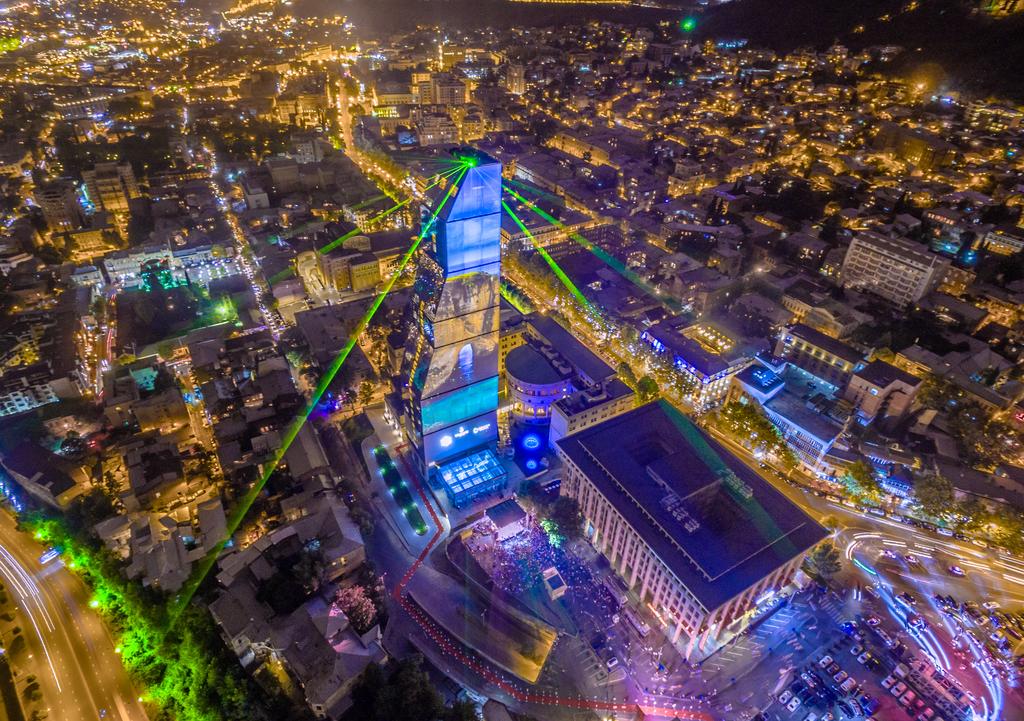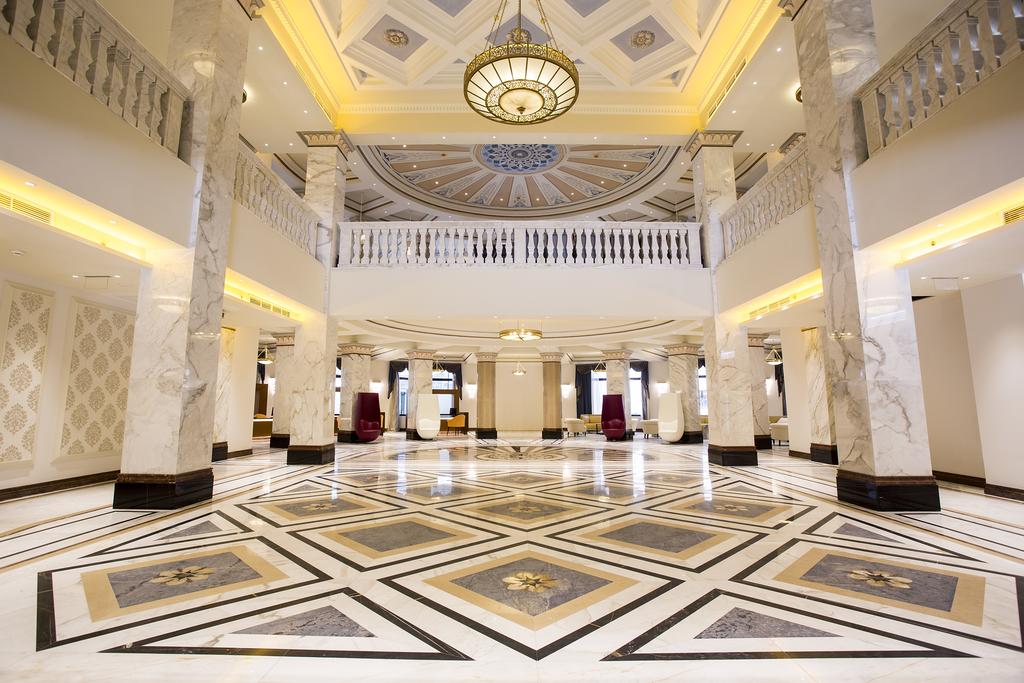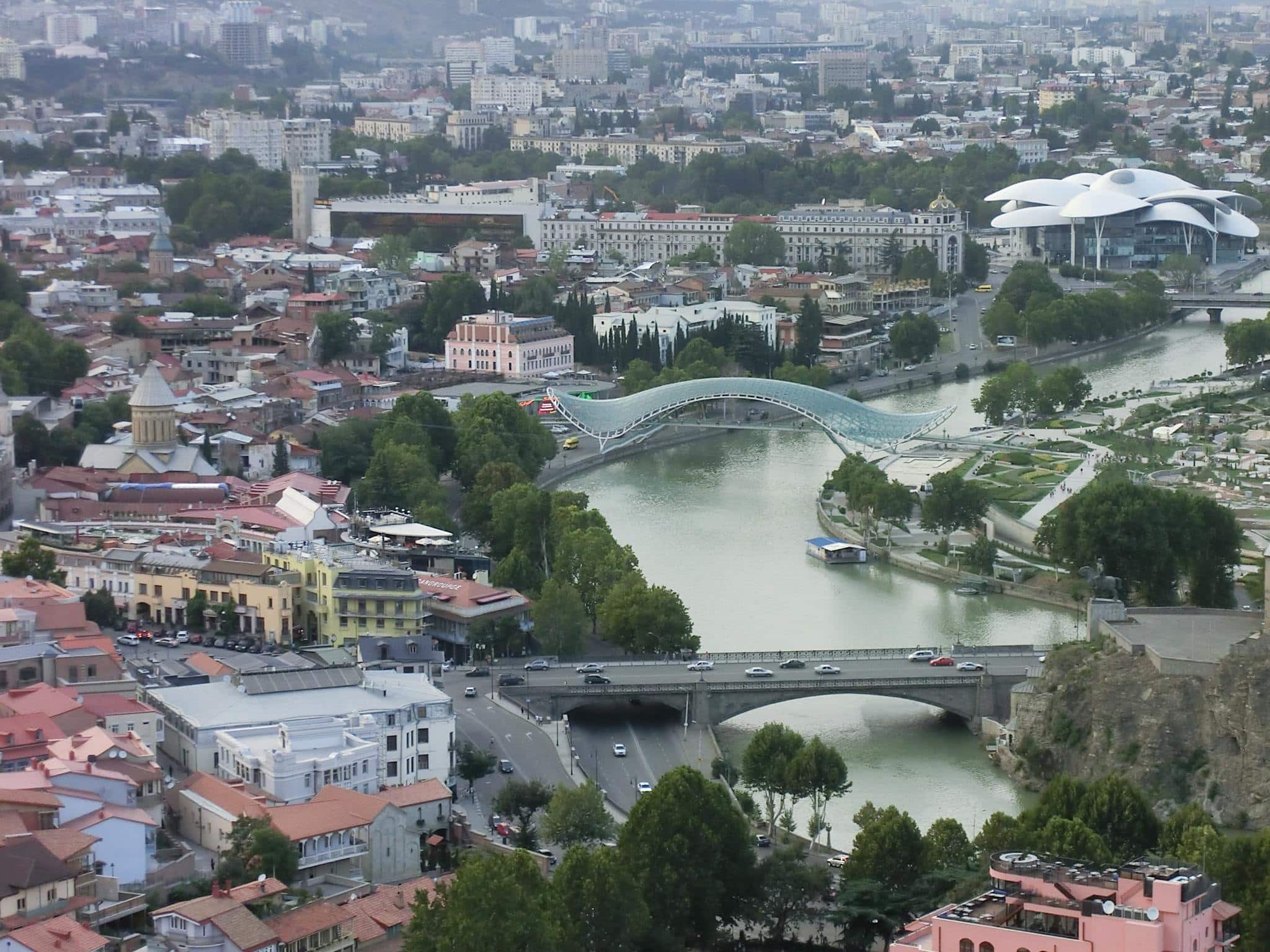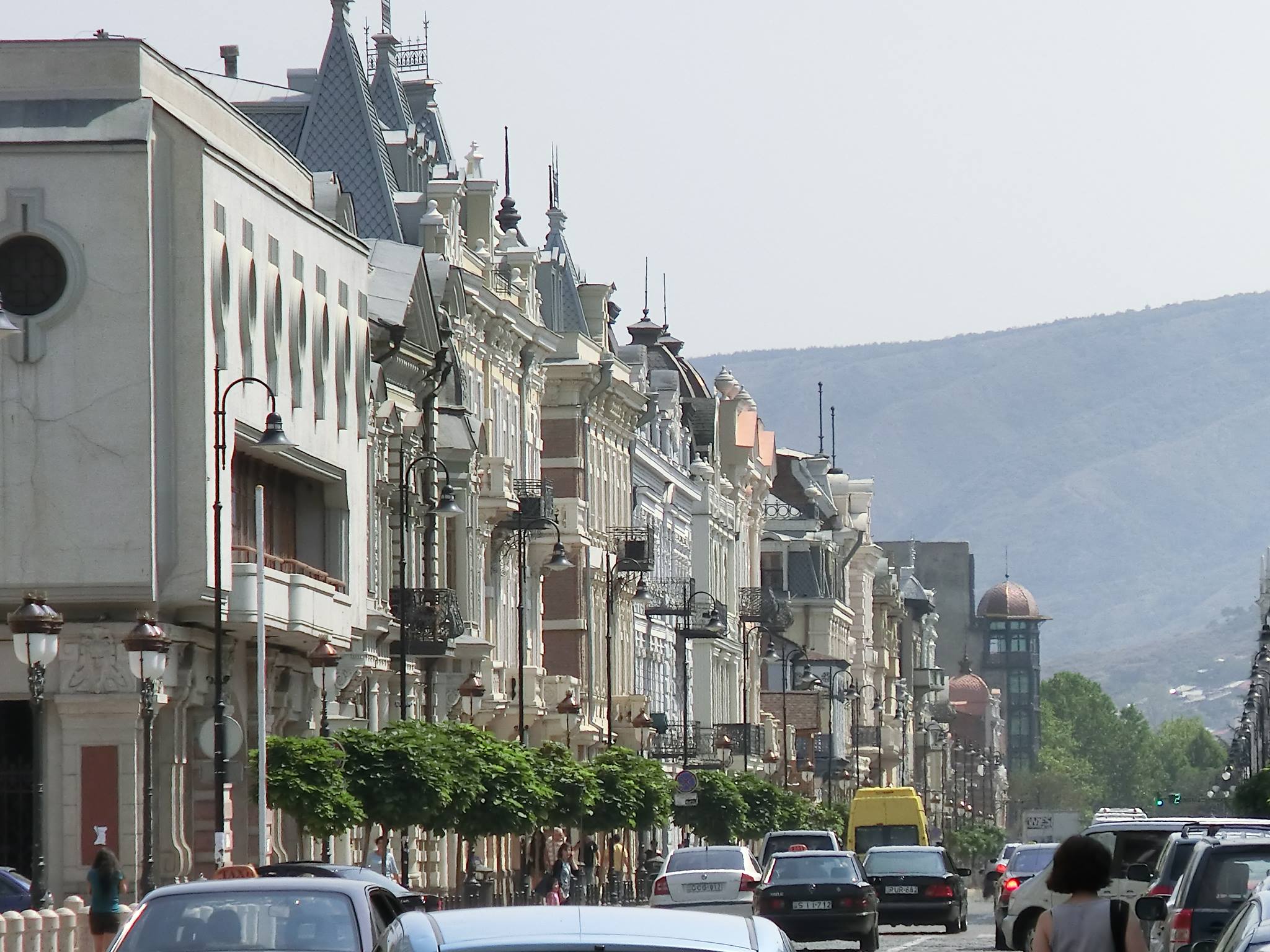Tbilisi city / Georgian Capital
The meaning of word Tbilisi :
Tbilisi city is a capital of Georgia and at the same time it is the largest city in the whole country.
The word Tbilisi is related with the sulphuric hot springs which were discovered on this territory in 5th century.
It is derived from the Georgian word “Tbili” which means “warm”.
The beginning of Tbilisi :
- There is an old legend about the foundation of Tbilisi stating how King Vakhtang I Gorgasali discovered sulphuric hot springs during the hunt.
How it begins :
- Allegedly, his falcon caught or wounded a pheasant and those two birds fell into the hot waters.
- He thought it would be a great place to build a new city.
History of the city :
- This whole area was covered by forests.
- Vakhtang I Gorgasali made up his mind to cut down the forests and to fulfill his plans about founding a new city.
- But he died in the battle and his successor Dachi I Ujarmeli was able to move the capital from Mtskheta to Tbilisi according to his father’s will.
Trade routes :
- He also finished construction of the fortress wall lining the city’s new boundaries. Later soon, in the 6th century.
- Tbilisi started to grow and develop mostly due to its strategic and convenient location being near to profitable east and west trade routes.
Importance of the location :
- Its special location was mostly an object for the rivalry and contention between various empires and countries.
- Such as Roman Empire, Persia, Byzantine Empire, and the Seljuk Turks.
Architecture of Tbilisi :
- That’s why architecture of Tbilisi is a mixture of Georgian with strong influences of different countries or empires, which were in Tbilisi at the different period of history as mentioned above.
The invaders :
- After that Tbilisi was sacked by Byzantine Empire, than by Arabs and they dominated there for almost 400 years. In 11th century Tbilisi was conquered by Seljuk Turks.
David VI the Builder :
- Only in the period of David VI the Builder it became possible for Georgians to enter Tbilisi after having heavy fighting with Seljuks.
- David the Builder moved the capital here from Kutaisi and Tbilisi became a capital of a unified Georgian state. David the builder played key role in the history of Tbilisi.
Queen Tamar :
- In his reign the city became a dominant power with a strong economy and firmly set social systems.
- The city reached its perfection in the time of Queen Tamar and that’s why the period of her reign is called “Georgia’s Golden Age”.
Shota Rustaveli :
- Also it was the period of cultural and literary flourishing and the best example of this is Shota Rustaveli and his masterpiece “Knight in the panther’s skin”.
- This era is also called the Georgian renaissance.
control of Mongols :
- Golden Age for Georgia did not last for a long time and in the beginning of 13th century Georgia came under the control of Mongols, who strongly influenced the whole country and especially Tbilisi culturally and politically.
- The mongols were forcefully expelled from the country in 14th century but unrest for Georgia did not finish.
Tamerlane :
- From 14th-18th century it had been the place of rivalry amongst different countries and conquerors: Tamerlane (Timur), Jahan Shah(shah of the Tabriz in Persia), Ak Koyunlu etc.
- In the 17th and 18th centuries the city became a point of contention between Ottoman Empire and Persia.
King Irakli II :
The kingdom of Kartl-Kakheti :
- The kingdom of Kartl-Kakheti joined the Russian Empire and Tbilisi became the main city of the Tbilisi Gubernia.
- Also, this period was special for erecting new buildings, building new roads and railways to connect tbilisi to other countries or important cities inside and outside the country.
- Tbilisi once again became leading trade and cultural center and even Romanov family established their residence on Golovin Street (Rustaveli avenue).
Modern history :
- Georgia declared its independence from the Russian Empire on May 26 in 1918.
- After gaining independence, Tbilisi became the capital of the Democratic Republic of Georgia until 1921.
Soviet Bolshevik :
- In 1921 Georgia was conquered by Soviet Bolshevik forces and during the next 15 years Tbilisi functioned as the capital city of the Transcaucasus SFSR .
- Also from 1936 to 1991 it was a capital of Georgian Soviet Socialist Republic.
The Independence :
- Since Tbilisi broke up of Soviet Union it had periods of instability.
- From December 1991 to January 1992 a brief civil war took place for two weeks.
The Revolution of roses :
- Also, these circumstances led Georgian people to mass protests in November 2003 after falsified elections.
- These mass protests concluded with the Rose Revolution.
- After this, Tbilisi began developing at a stable pace, decreasing crime rates and concurrently improving economy.
Mixed architecture of Georgia :
Throughout its long history Tbilisi has experienced big influence from invaders.
That’s why the city has mixed architecture of Georgia, with characteristics of different styles of art from various countries and empires.





